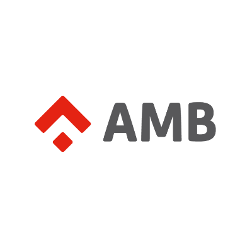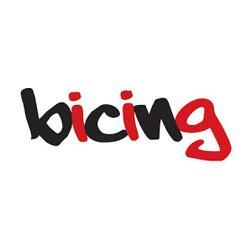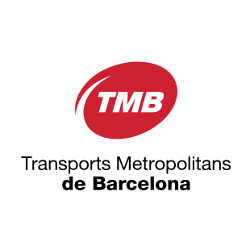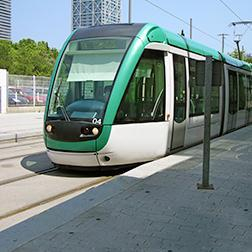What is the Barcelona Ring Roads Low Emission Zone?
Vehicles with a 0, ECO, C or B environmental label can travel within the ZBE Rondes de Barcelona without any restrictions.
What is the Barcelona Ring Roads Low Emission Zone?
The Barcelona Ring Roads LEZ also includes a protected area of over 95 km2 containing the Barcelona LEZ and the LEZ bounded by other neighbouring municipalities (Hospitalet, Cornellà, Esplugues and Sant Adrià). It is a protected area closed to vehicles that do not have a DGT environmental label. It is a measure designed to reduce the motor-vehicle air pollution and protect people’s health.

When
The first LEZ regulation byelaw came into force on 1 January 2020. The LEZ has been governed by a new byelaw since 28 January 2023, including social improvements and facilities for occasional vehicle use. Since 1 January 2020.
Validity schedule
Working days, Monday to Friday.
From 7 am to 8 pm.
Fines
There is a single 200-euro fine for violating the byelaw, which is increased by 30% during a pollution episode. Proceeds obtained from fines will go towards funding initiatives for promoting sustainable mobility.
Exemptions
Vehicles used for transporting people with illnesses that limit their use of public transport. Vehicles used for transporting people with reduced mobility, emergency and essential services and foreign-licence vehicles that meet the requirements for travelling.
Permits
Occasional 24-day access, including vintage and classic vehicles. Vehicles used for transporting people who have to undergo periodic medical treatment. Special vehicles that provide an exceptional service or activity. Vehicles that undergo dynamic tests in a mechanic's workshop.Vehicles used by people whose annual financial income is less than 2 times the public indicator of income for multiple effects (IPREM). Vehicles used for professional purposes where the owner is soon to retire. Vehicles about to be replaced provided their owner can prove they have purchased a new vehicle.
Temporary restrictions per NO2 episode
Once an episode of atmospheric NO2 pollution is declared, and until it is de-activated, the granting of daily established permits halted, provided none has been applied for before the declaration of the episode.
What areas does the Barcelona Ring Roads Low Emission Zone include?
The Barcelona Ring Roads Low Emission zone is centred on the municipalities of Barcelona (except for Zona Franca Industrial and Vallvidrera, el Tibidabo i les Planes neighbourhood), Hospitalet de Llobregat, Sant Adrià de Besòs and parts of Esplugues de Llobregat and Cornellà de Llobregat.
Barcelona, an action for the climate city
Barcelona implements actions for safeguarding air quality and fighting climate change. The designation of the Barcelona Ring Roads Low Emission Zone is a measure to improve the quality of the air we breathe and to promote other ways of getting around the city, which guarantee safe, sustainable, equitable, efficient mobility. More than two hundred European cities now have defined protection zones where measures to safeguard people's health are implemented.
Have you got a vehicle with a foreign number plate?
If you have a foreign number plate and you want to circulate in Barcelona, then you must register your car. If your vehicle complies with the requisites equivalent to the DGT environmental label, then you will be authorised to circulate in the city without any restrictions. If you do not comply with the requisites, then you must apply for daily permits up to a maximum of ten per year.
Circulation restrictions calendar
FAQ
-

It is an area of over 95 km2 where the circulation of the most polluting vehicles is restricted, in order to protect the atmosphere, people's health and the environment.
It includes all of Barcelona city located between the Ronda de Dalt and the Ronda del Litoral ring roads, and part or all of the municipalities of l’Hospitalet de Llobregat, Cornellà de Llobregat, Esplugues de Llobregat and Sant Adrià de Besòs.
In Barcelona city, the neighbourhoods of Vallvidrera, el Tibidabo i les Planes and Zona Franca remain outside the LEZ.
-

No. You can drive on the ring roads (Ronda de Dalt and Ronda del Litoral), which are free of restrictions. In other words, all vehicles (including the most polluting ones which do not have a DGT environmental label) may circulate on the ring roads. However, the most polluting vehicles do not have permission to take any exit to, or drive within, the LEZ.
-

The LEZ and its access roads have road signs indicating the delimited zone, what vehicles are allowed to circulate and during which times.
Drivers will see messages informing them about the proximity of the LEZ on variable message panels on the city's access roads. This provides them with enough time to change their route. Informative vertical signage at the entrance to the LEZ is located at the exits of the ring roads (Ronda de Dalt, Ronda del Litoral), on other roads entering the city and in the neighbourhoods located on the perimeter of the LEZ. The ring-road message panels complement the information about the restrictions.
-

Until 31 December 2019, during pollution episodes with traffic restrictions, compliance with the regulation will be controlled manually, as part of the normal operations of Barcelona's Guàrdia Urbana police force.
From 2020 onwards, in addition to the checks carried out by the Guàrdia Urbana, an automatic control system using more than 70 cameras for reading vehicle licence plates will be installed at points in the city, on access roads and inside the LEZ.






